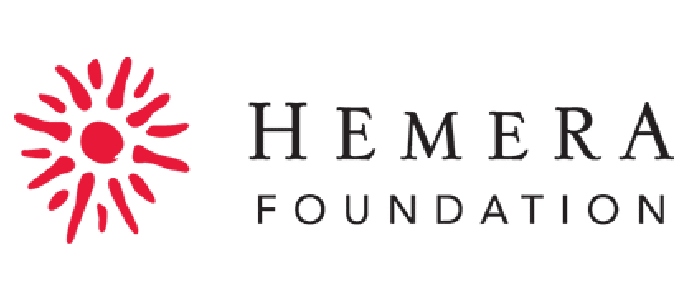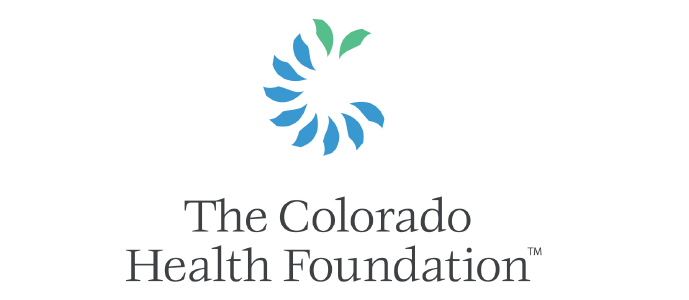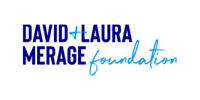In the summer of 2023, RMCAD students interviewed our 2022-2024 Resident Artists in their studios. Their video interview of Raymundo Muñoz explores how he made his way into printmaking, his current inspirations, and dreams for his residency here at RedLine.
Raymundo Muñoz was born and raised in El Paso, TX, but has made Colorado his home since 1999. He’s a self-taught linocut printmaker, musician, writer, and photographer, but enjoys other drawing-based media and sculpture.
He shows in various spaces around town and is the director/co-founder/co-curator at Alto Gallery. He’s also an active board member of Birdseed Collective, a local 501(c)(3) non-profit organization devoted to improving the lives of surrounding communities through arts, education, and food programs.
“I’m mostly influenced by the local artists that I actually see around me and who I can see their career path or career trajectory, because that’s more real to me, as opposed to looking at some famous artists from wherever who I have no connection with really. But I can look at a mural down the street and I know who that artist is, and I know I can talk to that artist if I wanted to. You learn a lot more that way, too.”
Watch the video of Ray in his RedLine studio below to learn more about him and his practice!
VIDEO TRANSCRIPTION:
“I mostly do printmaking, specializing in linocut. It's a relief process. A lot of my work starts off with photography for...depending on the subject. A lot of the work I do is documenting the Denver arts scene, and a lot of it has to do with nature and just sort of my observations of what's around me.
“From there, I typically make some sort of drawing from it, and then I carve that drawing and then I print it eventually. So it's essentially like going from one drawing to the next drawing to the next drawing. So by the end of it, it has a totally different look.
“It's kind of started off as a Christmas card project, actually, for some people I used to work with. Initially it was like, oh, I thought it'd be a more affordable way of sending out cards, and it wasn't. It was a lot more expensive, but I got the bug and it really got me.
“I just love the process and I love what you could do with it. I understood it and so I just kept going with it, and somehow, here I am still doing it.
“So that's more of a recent development, at least as far as me showing it. I guess, so I've been thinking about it a lot. I like the idea of dimensional translation where you go back and forth between 2D and 3D and 4D, and so it's this...to do it in this sort of very deliberate way with folding, to take a 2D piece of artwork and make it 3D, but really that it's based on a 3D or 4D thing and experience, and then to bring it back, to bring back those dimensions in some way, to hopefully do it in a way that adds meaning to it and so that it's not just a cool fold, but what does the fold mean?
“The idea of the material itself, figuring out what it can do, how much tensile strength it has, how much spring it has. A lot of it's play and exploration, but it's something that I'm definitely playing around with now. It's not something I'm super comfortable with, but I'm learning a lot as I go.
“Alto Gallery is a part of Birdseed Collective, which is a local nonprofit that I work with. So we started Alto in 2016. I'm the director and co-curator for it. It was started, before then, we had been doing pop-up shows here and there.
“We had certain local businesses who would put up art on the wall, and it just seemed like this was the next step that we needed to take as an organization and as artists, to have our own brick-and-mortar where we could just have it open and run it the way we wanted to.
“And so amazingly, we're still open. Now we're in the RiNo, so really close by. Very different space, but they occupy a big part of my life and a big part of my creative energies, but I mean, I love it.
“As far as visual artists, yeah, I mean, I would say I'm mostly influenced by people that I work with. I'm mostly influenced by the local artists that I actually see around me and who I can see their career path or career trajectory, because that's more real to me as opposed to looking at some famous artists from wherever who I have no connection with really. But I can look at a mural down the street and I know who that artist is, and I know I can talk to that artist if I wanted to. You learn a lot more that way, too.
“So what I really like about printmaking is it's affordable. It's an affordable form of art that you can purchase. It takes away the idea of just like there's just one special thing, and it's just for...with a print, you can make as many prints as you want. You can show these prints in so many different places, and it's just a lot more accessible to people. I like that idea a lot as opposed to really trying to play up exclusivity.
“I mean, I guess with regard to nature, it's a pretty hands-on process. There is some technology just in terms of me taking pictures and putting them on a computer, but the rest of it is really hands-on process, from carving to even just the paper I use.
“It's typically cotton rag or a Japanese paper, which is usually a mulberry or some natural fiber. I mostly use natural inks, like soy-based inks, and so all of that definitely relates to nature in direct way that I think probably informs the art in some way.
“That's the fun of group shows, of course, that you're always going to meet somebody new. I mean, there's a tendency sometimes where people curate kind of the same group of people together, but it also opens up things to where maybe you have a certain group of artists that show a lot together and you have another group, and if you curate it well, you can bring those two groups that are maybe very different and bring them together, and hopefully in doing so, also create connections between them.
“That's kind of a lot of the fun of curating. You're trying to bridge this gap between not just artists and the public, but artists and each other, other artists.
“We're an arts-based organization, so we do all kinds of stuff. A lot of the arts-based stuff we do is actually mural based, which I don't do. And so a lot of the artists we work with are not necessarily the artists that I work with personally, but what we do through Birdseed is definitely community-oriented. It's community outreach, and that definitely has made its way into the kind of work I make and what I try to achieve with my work.
“As an artist, I'd just like to get better, quite honestly. As far as printmaking goes, I definitely want to branch outside of what I'm super comfortable with, which is linocut, and I definitely want to try more etching and lithography and really whatever I can get my hands on, but also get more comfortable with color.
“The vast majority of the work I've done in printmaking has been monochromatic. Part of that is it's easier, but also part of it is sort of a fear on my side of just the infinitude of color mixing. And so I want to get better at that, so I'm going to use the space I have and the people I'm around to hopefully get better at that.
“But definitely also, RedLine is really cool because all the different programming they do, all the different community outreach. So if I can work my way into that network and expand my own network, expand the skills I have there in terms of engaging with the community, that would be wonderful.
“As far as printmaking goes, there's a lot of work that goes into it that people aren't necessarily aware of. It can drive you a little crazy sometimes, and sometimes, when people see pieces, they don't know everything that goes into it, as with any art, really.
“They don't know how much time and energy, but almost also how much thought and how much caring you put into it and how much you put yourself into it. How do you put that into the context of trying to sell it and trying to evaluate, trying to put a dollar amount on this thing that's very real and personal to you? It's a big balance, and it's something I'm still working on.
“It's art made now. No, I mean, it's like...geez, it's just whoever's doing whatever they're doing now. It's not a certain look or a set of ideas or anything like that. It's just what are people doing now and how can we support that? How can we support people that are alive and making work now? That's the real question about contemporary art.”






